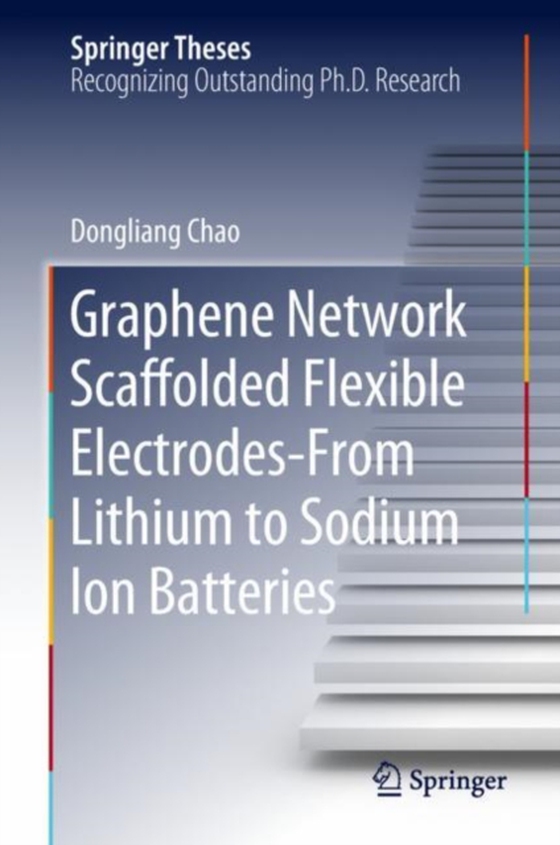
Graphene Network Scaffolded Flexible Electrodes-From Lithium to Sodium Ion Batteries e-bog
436,85 DKK
(inkl. moms 546,06 DKK)
Research on deformable and wearable electronics has promoted an increasing demand for next-generation power sources with high energy/power density that are low cost, lightweight, thin and flexible. One key challenge in flexible electrochemical energy storage devices is the development of reliable electrodes using open-framework materials with robust structures and high performance.Based on an e...
E-bog
436,85 DKK
Forlag
Springer
Udgivet
11 december 2018
Genrer
PNRH
Sprog
English
Format
pdf
Beskyttelse
LCP
ISBN
9789811330803
Research on deformable and wearable electronics has promoted an increasing demand for next-generation power sources with high energy/power density that are low cost, lightweight, thin and flexible. One key challenge in flexible electrochemical energy storage devices is the development of reliable electrodes using open-framework materials with robust structures and high performance.Based on an exploration of 3D porous graphene as a flexible substrate, this book constructs free-standing, binder-free, 3D array electrodes for use in batteries, and demonstrates the reasons for the research transformation from Li to Na batteries. It incorporates the first principles of computational investigation and in situ XRD, Raman observations to systematically reveal the working mechanism of the electrodes and structure evolution during ion insertion/extraction. These encouraging results and proposed mechanisms may accelerate further development of high rate batteries using smart nanoengineering of the electrode materials, which make "e;Na ion battery could be better than Li ion battery"e; possible.
 Dansk
Dansk

